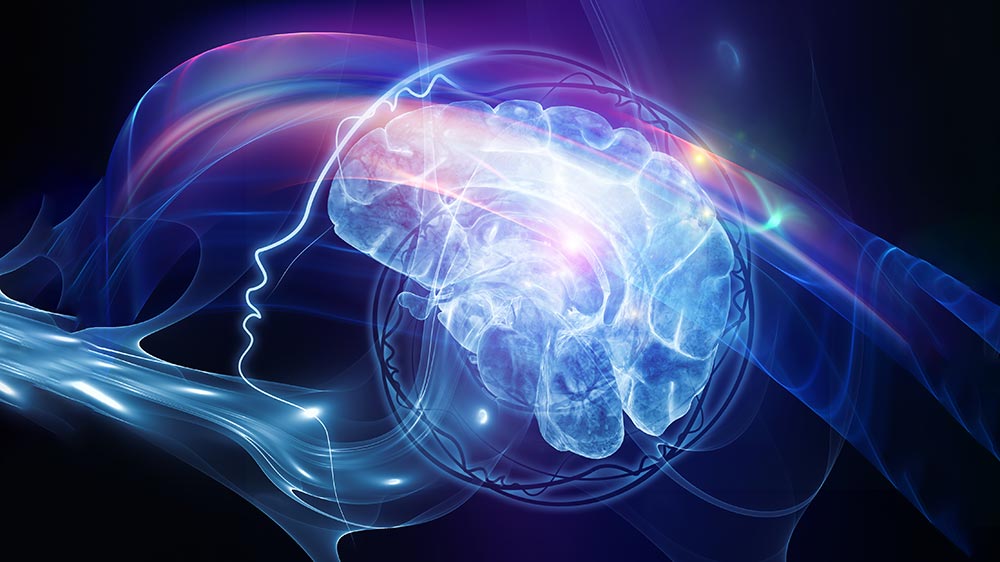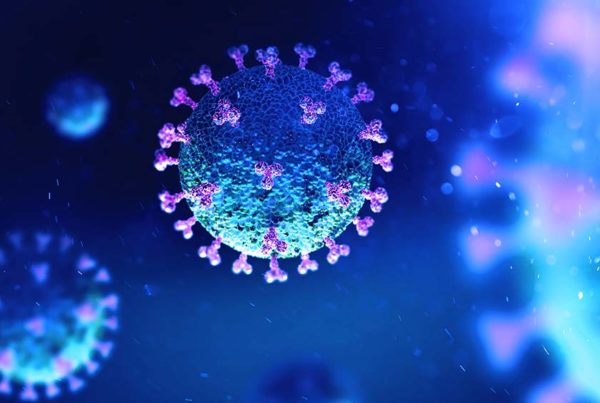
Creativity is a demonstration and representation of our inner being, a communication and outpouring to all, an articulation of hidden personas, a statement of emotion, a brave assertion — and a therapeutic remedy
A small child plays alone, imagining a real world deep inside her mind. Time, location, and other senses seem altered. This intense creative flow is common in children — and one we all can retain as adults.
We’re all creatives. Some wander that extra mile to make it materialize by stepping away from life, and out of our minds, to capture the music, a painting, or poem as it flows out; otherwise these expressions are lost forever.
Imagine hearing a favorite, familiar song, like one you were listening to the first time you fell in love. It can bring you back to that time and place, so to speak, and make you feel good. This feeling can be powerful enough to change the brain — and even your age.
Decades ago, Harvard’s Ellen Langer demonstrated in elderly subjects that triggering creative memories could reduce physiological age. Additionally, neurologist Oliver Sachs showed patients with debilitating cognitive conditions who were unaware of others could quickly awaken in response to the sounds of music.
Creativity sets us free
Humans advanced as highly creative beings. This helped the species survive, and allowed us to develop very successfully. Consider that from the beginning of human existence we relied on music in the form of singing to help find the best mates, protect offspring, and communicate. Dance, decorations, paintings, and eventually other unique creative expressions have continued as key elements of humanity.
As humans, creativity is hard-wired and genetic. Today, creative people express difficult-to-describe feelings as art, and leave it up to other brains to unravel. Releasing it can be good for us, those around us, and for society as a whole.
Creativity combines the natural human artistic talent we all possess with various skills we learn and develop — like drawing, painting, singing, and writing. Developing any of these skills enhances the talent for more creativity. This can lead to great artistic works and new innovations that advance society.
Imagine this
Increased creativity may be strongly related to conceptualization. Initially, we don’t need to verbalize creativity to produce it, even when writing music or painting. In fact, language can even get in the way. The concept — artistic depictions of something conjured up by the imagination — may be considered a feeling, as a healthy brain does not hear new music or see a painting. Our job is to translate that feeling, the concept, into art. Both left and right hemispheres of the brain take part in concept-forming, based on our experiences and memories, the sum total of our conscious or subconscious mind.
While it’s often based on familiarity, the creative process produces something that never existed before — original art.
Even though various brain injuries — stroke, Parkinson’s or Alzheimer’s disease, autism, etc. — can impair cognition and communication, these individuals often can still conceptualize very well. Creative expression typically continues, despite the location (left or right brain) of the injury. This lends credibility to creativity’s existence being throughout the brain and not just one side or region (helping to dispel the old idea that artistic talent is only right-brained). Sometimes, even when a person has not previously expressed creativity, it can be unleashed following an injury. This may simply be a pre-existing deep survival motivation to communicate through art.
Imagination begins before birth, and appears to be maintained through life. It’s expressed as music, paintings, and other art forms. These creative, biological gifts are an ultimate shared experience — they may both be from us, and for us; those producing and receiving them can benefit. While creative expression can bring out our inner child, both proverbially and with a very similar state of consciousness, their potential as powerful therapies are also part of the process.
This image of intensely creative adults who express their inner child is sometimes seen as quirky, strange, or eccentric in our adult-dominated society. It’s as if grownups can’t be allowed to have as much fun as children. Instead, consider that social deviation away from being creative may be oddly unnatural.
Many adults can shift their busy brain state of consciousness into a highly creative one, sometimes like a child’s. Creativity, and its corresponding states of consciousness, combines free inventive and artistic expressions that do more than just make us feel good — it’s good for us too. These different conscious states can be measured as specific brain waves, discussed later.
Creative therapy
While music and art therapy, for example, have been employed for decades, they were first described in Chinese Medicine thousands of years ago. Today, we better understand the amazing benefits of creativity, which allows us to reframe experiences, reorganize thoughts, and gain powerful personal insights to help learn more about ourselves and each other. Our creative minds may be more flexible in emotion, cognition, and executive function, and adapt better to stress. Overall, creativity can enhance our quality of life.
Moreover, the more we create, the better our creations.
Creative states of consciousness incorporate the concept of flow. First described by psychologist Mihály Csíkszentmihályi, this state lets us be fully immersed and energized in an activity — and helps promote happiness.
Flow is associated with specific states of consciousness, associated with alpha and theta brain waves.
Who are you?
As a songwriter it appeared clever and creative to me to incorporate a wide variety of fictional characters in my music. While I didn’t drink whiskey, it was prominently featured in at least two of my storytelling songs. And, despite being happy, the saddest songs sometimes would flow out. It’s just a song, right? Yet, it all came out of my mind.
When asked during an interview how people could learn more about me, the response was simple — listen to my music. After writing hundreds of songs, it appears there are many versions of me — multiple personalities hidden away in these songs, not unlike the works of painters, poets, and sculptors.
Writing a new song for me means stopping whatever is going on as soon as that special feeling starts, and letting it flow out. The characters that come with it may be rather unusual, the theme abstract, perhaps with an uncanny twist; or not. It typically appears like a work of fiction, whose characters may be quite unlike me. Or are they? Only afterwards, sometimes days, weeks or months, do I ponder the fascinating and curious persona that created it. Ultimately, I become more aware, mindful, and, despite intermittent, passing discomfort and dismay, I am happier with myself.
Over time, as more personalities flow out and into my anthology, like therapeutic sessions that uncover new parts of me, the interrelationships and perceptions appear more apparent. In a healthy body, the wide spectrum of feelings from an even wild mind — from refreshing and relief, to scary — can help us be more whole.
While music expresses our personas, it’s one of the art forms that also moves us by initiating the brain’s motor cortex leading to muscle activity. We tap our foot or fingers, bobble the head or the whole body. Dancing or playing are significant enhancements to the flow of music and the overall benefits of creativity.
Singer-songwriter and Nobel laureate Bob Dylan has attracted as much intense attention over nearly six decades as almost any artist. He has eluded most of the untold numbers of questions. Yet, Dylan’s 500-plus penned song catalog, whether portraying the real, imagined, or some creative combination, is an open book to his diverse personalities. Sam Shepard wrote, “Dylan is an invention of his own mind.”
When we choose to, we are all reinventing our own minds.
Our Very Important Personas (VIPs)
Our many personalities depend on the day or night, mood or moment. They come out as behavior, through interactions of our mental and emotional, and conscious and subconscious conditions. They are especially influenced by our environment. Natural, healthy personalities are expressed through thoughts and conversations, actions and inactions, dreams and fantasies. They flow out during interactions with friends, lovers, and therapists — and with ourselves, as expressions of art.
Our personalities can also draw preferences to certain creative styles, such as particular painters or musicians. It may also be why different people interpret creative works, such as a song or a painting, differently.
Creative exposure also can unleash our hidden history of secrets, some subconscious, that must be released to better understand ourselves — for better or for worse.
Environment significantly influences persona: early life, culture, language, people, the weather and other influences can help develop and drive, and modify, them. Food plays a powerful role too, affecting neurotransmitter balance in the brain, especially in the reward center’s release of dopamine that can increase artistic output. Sugar and other junk food, however, can quickly impair brain function.
Many artists also use substances such as caffeine to improve overall brain alertness, alcohol to inhibit inhibition, and THC (cannabis) that stimulates dopamine activity.
The art of science
It is not easy to scientifically define creativity, how the mind manages it, or why it helps us; it’s quite complex to fractionate and measure. We can gain important insights by studying the behavior, lifestyle, and thinking of our greatest artists. The power of creative therapies is also reflected as neurological reorganization in healing brain injuries. This rewiring process is called plasticity, which also works in healthy brains to enhance creativity.
While art is but one example of our capacity for creativity, including visual art, music, literature, dance, theater, and more, it’s also evident in science, engineering, technology, business, education, and elsewhere. Consider that many clinicians and scientists use creativity to solve problems, such as when diagnosing a patient or solving a scientific question; the brain undergoes very similar activities as when writing music or painting. Albert Einstein, a scientist and musician, emphasized that imagination is more important than knowledge.
Brain waves
Our various states of consciousness are associated with specific brain waves. Children are often in a state of consciousness associated with theta brain waves — their form of flow. Adults may experience theta while falling off to sleep — those cartoony dreamy wakeful thoughts often forgotten by morning. Paul McCartney said he wrote Yellow Submarine in such a state. Intense meditation or daydreaming can also bring us into theta’s amazing creative condition.
Creative adult states of consciousness are associated with alpha waves, especially through mediation, deep breathing, or music playing or listening. In a healthy brain, just relaxing, reclining, and closing the eyes brings us there. The more we flow into this state, the easier we can go there at will.
Beta waves indicate an active, busy brain, such as when having a discussion, balancing a checkbook, or giving directions. This state of consciousness can be appropriate when it’s needed, but can also keep us from being creative.
The delta wave is associated with sleep. An unhealthy brain can drift into delta during the day, while working, driving, or virtually any time (especially right after consuming refined carbohydrates or sugar).
Unfortunately, any type of stress can impair our ability to flow into alpha (and especially theta). Mental-emotional tension, anxiety, or lots of nonproductive talking, even our own internal dialogue, can keep the brain in beta. The physical stress of head trauma or a whiplash injury can too.
Society tends to categorize things into neat little boxes, like art therapy or music courses. This can sometimes restrict our ability to expand the mind, better understand ourselves and others, and improve brain function.








